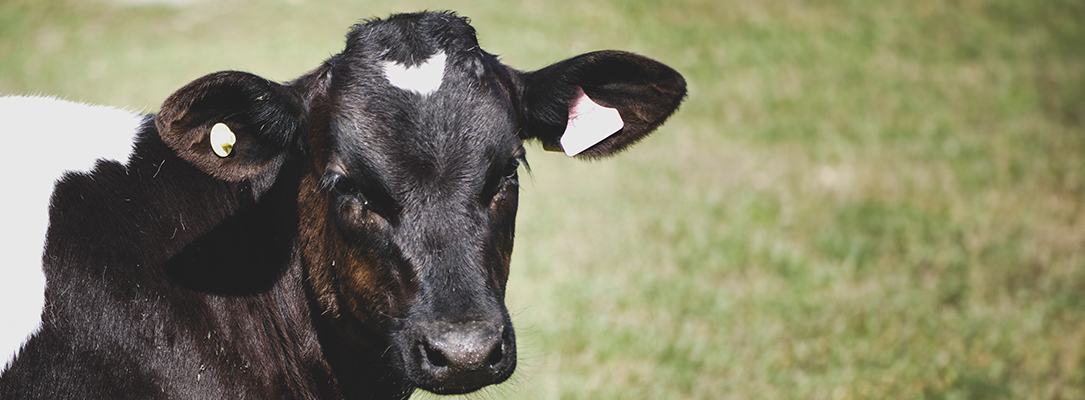
When my 10-year-old finished watching BBC’s ‘Newsround’ last week, I asked him “what was in the news today?”. I was surprised, expecting to hear about the Gaza conflict, when he answered “oh, they were talking about NZ sheep and how they cause global warming”.
Perhaps I should not have been surprised, because emission conversations have increased significantly across the world in recent years and education of children is a natural follow-on, but it is worth bearing in mind that these children are our future consumers. A quick online search, for websites of the major companies buying our milk products, revealed that all of them currently have pledges focused on emissions pasted all over their home pages – take a look at Mars, Inc and Nestlé® as examples. Sustainability is front and centre right now, and it is going to be a key component in enabling us to continue to sell milk worldwide.
Last week a few of our vets heard from Fonterra’s Tennielle Ellingham at a Vetlife training day. She described how Fonterra’s customers not only want a high quality, consistent product at a low price, but they also want to know about the origins of that product (this is where good welfare comes into play – check out the WelFarm programme) and have assurance around brand safety. Finally, they want all this produced with low to zero emissions!
With 60% of on-farm emissions being methane coming directly from cows, it is essential we produce more milk from fewer cows.
Our government has set various emissions targets, such as a 10% reduction in methane by 2030 and net zero of other emissions by 2050. These may seem challenging targets as they are; however many of Fonterra’s customers have set even higher ones. Unilever have pledged net zero by 2039, which is 11 years before our current NZ target, and Mars, Inc want to see a 27% reduction by 2025!
Today, more and more companies are required to measure their overall emissions and make these available to view. When measuring emissions, they are broken down into 3 main categories:
For a company like Fonterra™, a farm’s scope 1, 2 and 3 emissions will feed into Fonterra’s scope 3 emissions. Likewise for a Fonterra customer, such as Nestlé, their scope 3 emissions will include all of Fonterra’s 1, 2 and 3 emissions and so on.
And, what can we do about this?
Well right now, your mind is probably focused on mating, and reproductive efficiency has a big impact on overall efficiency on farm. With 60% of on-farm emissions being methane coming directly from cows, it is essential we produce more milk from fewer cows. Great reproductive performance is a key mechanism for achieving this, because good reproduction equals less culls, more milk, and the option of more replacement heifers or a shorter AB period. It also results in replacements born earlier with better genetics. Many different factors play a role in refining reproductive performance, and it pays to leave no stone unturned.
Last season, the national six-week in-calf rate was down by 1%, and empty rates up by 1.4%, partly due to the difficult season we had, but, regardless of that, we cannot ignore the impact of these numbers. On a nationwide scale, they resulted in 2.7 million kilograms of lost milk solids and 38-48,000 extra culls compared with the previous season!
Your Vetlife veterinarian is an excellent source of information and advice for helping you to improve your mating performance on farm, and, consequently, on-farm efficiency. Please contact Vetlife to find out more about the skills and resources we have in this space to help you maximise your on-farm efficiency.